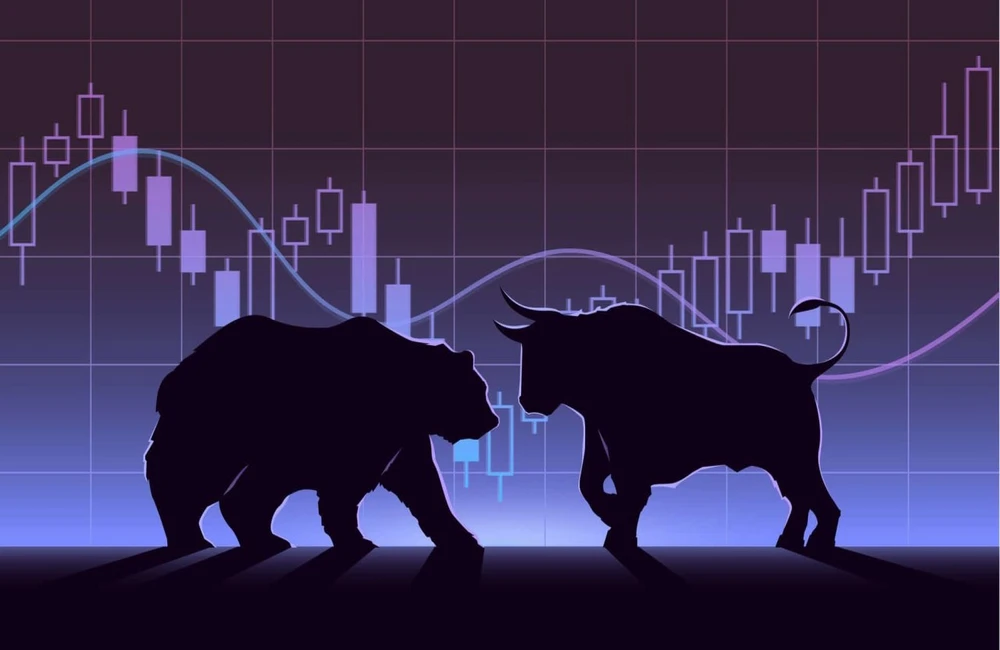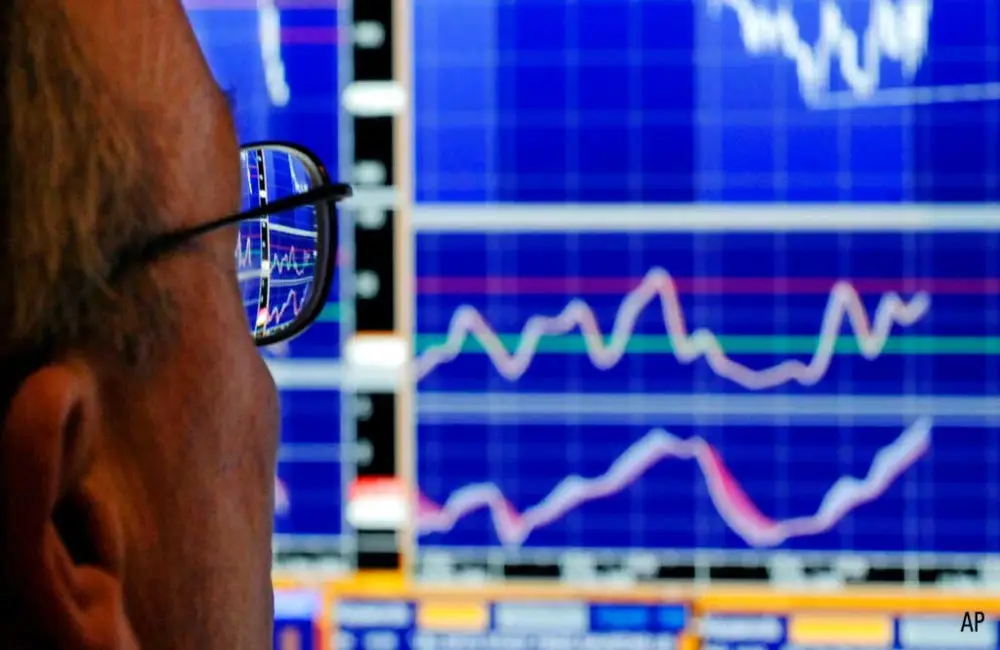The US Federal Reserve is widely expected to raise interest rates this week for the first time since 2018, putting an end to extraordinary emergency measures on monetary policy that have kept rates close to zero for the last two years to buoy the economy through the pandemic.
And with inflation pressures not just remaining elevated, but broadening out as well, the Fed is expected to hike the federal-funds rate by 0.25% on Wednesday.
Although this is a major change in monetary policy, the central bank is so widely expected to hike rates this week that stock market watchers don’t expect much impact from an anticipated liftoff. And indeed, history indicates that even when the Fed begins to lift rates, stocks tend to move higher.
“This (rate hike) is so expected and widely telegraphed that I don’t expect much of a market reaction,” says Paul Hickey, co-founder and president of Bespoke Investment Group, an independent market research company in Harrison, New York.
“Fed policy is likely to take a backseat to geopolitical matters in the next few weeks.”
The one big unknown is the Fed’s plans for running down its holdings of bonds it brought to drive down bond market yields and help support the economy during the recession prompted by the pandemic.
Until Russia’s invasion of Ukraine, uncertainty about how fast the Fed would raise rates had likely been the biggest source of volatility in the markets. While inflation was heading higher in the second half of 2021, before this year even began, the majority of investors thought the Fed would go easy on them at a moderate pace, not hitting the gas until May or June.
But in January there were no signs of inflation going lower, for longer, and expectations started to shift and ramp up the pace for the Fed rate increases. Investors accelerated odds of a March liftoff; and as February commenced, the bond market began to price in a half-point hike this month.
Then, following the Russian invasion of Ukraine, came a rethinking of how big and when what’s expected to be slow quarter-point hikes will be shared out over 2022.
While the Russian attack and ensuing sanctions on the country are likely to exacerbate inflation, they also could inhibit economic growth. Regarding the geopolitical landscape, Fed chairman Jerome Powell said earlier this month he was in favor of a 25-basis-point shift at the Federal Open Market Committee’s meeting March 15 through 16.
Powell said the Fed’s approach initially would be “careful” but could turn more aggressive if inflationary pressures remained.
His unusually blunt advice, given as inflationary pressures have mounted and been compounded by Russia’s invasion of Ukraine on Feb. 24, sealed market expectations in advance of this week.
“The Fed is pretty clearly signaled that 25 basis points is the baseline,” says Eric Compton, equity strategist. “I would be quite surprised if it were varied.”
The back and forth around expectations for the Fed were a major contributor to the stock market’s swoon in January.
As those rate increases came to be expected, stocks--particularly those of faster-growing companies that you might expect to trade at higher valuations--saw a sharp hit. Growth stocks which are typically hit harder in inflationary times, because a larger portion of the appeal is tied to future earnings growth, says chief U.S. market strategist, David Sekera.
“As investors lower growth expectations and discount those future earnings at a higher rate, the present value of the stocks falls further (and faster) than the broader market,” he says.
But now, with the expectations for a quarter-point rate hike so well established, it would take a significant surprise to cause a material market ripple.
First rate hikes and stock performance
The last time the Fed launched a rate-hike cycle was in 2015, in the wake of the global financial crisis. Inflation was then below the Fed’s 2% target and the economy was strong. Now, policymakers are confronted with a rate of inflation that is far above its target range coupled with a tight labour market, consumer spending that remains strong and the uncertainties of the Russia/Ukraine war.
Indeed, since the Federal Reserve started making adjustments to its communication strategy back in 1994 and more explicitly signalling its intentions, the market on average has lagged modestly the three months immediately after a rate hike and then has bounced back strongly in the following 12-month stretch.
Janet Yellen, a former chairman of the Fed, might have paved the way for what the Fed will say in its commentary next week when she said Thursday that the United States is “likely to see another year in which 12-month inflation numbers remain very uncomfortably high.”
Yellen’s comments came after a report showed consumer prices at their highest in 40 years. Measures of the cost of goods and services across the economy the Consumer Price Index shot up to a 7.9 percent annual rate in February. Inflation hasn’t been this high since January 1982 when the CPI reached 8.4%.
On the monetary policy front, The Fed is being very delicately balancing the two competing forces of bringing inflation under control versus slamming the brakes on the economy such that we enter a recession. But inflation had already been running hot long before the invasion of Ukraine and the market was expecting a more aggressive response.
Compton says: “Tap into inflation that’s the biggest concern. What’s going on in energy and agriculture isn’t something that will be easily stopped with the fed-funds rate. All other existing “stuff will be the meteor that shapes the events” in the market.
From QE to QT
More important, Compton says, is what the Fed will signal about its aims and goals for shrinking the size of its balance sheet, which has swollen to $9 trillion in assets and the “tenor of the commentary” over current conditions. The Fed’s purchases so-called quantitative easing are now going to be followed by “quantitative tightening” starting in May or June.
The pace of quantitative tightening will be closely observed by market participants. In much of the government-bond market, the Fed has been the biggest buyer of securities by far since early 2020; as it shrinks its balance sheet, it increases the potential for bond prices to drop and yields to rise, which then could ripple into the stock market.























